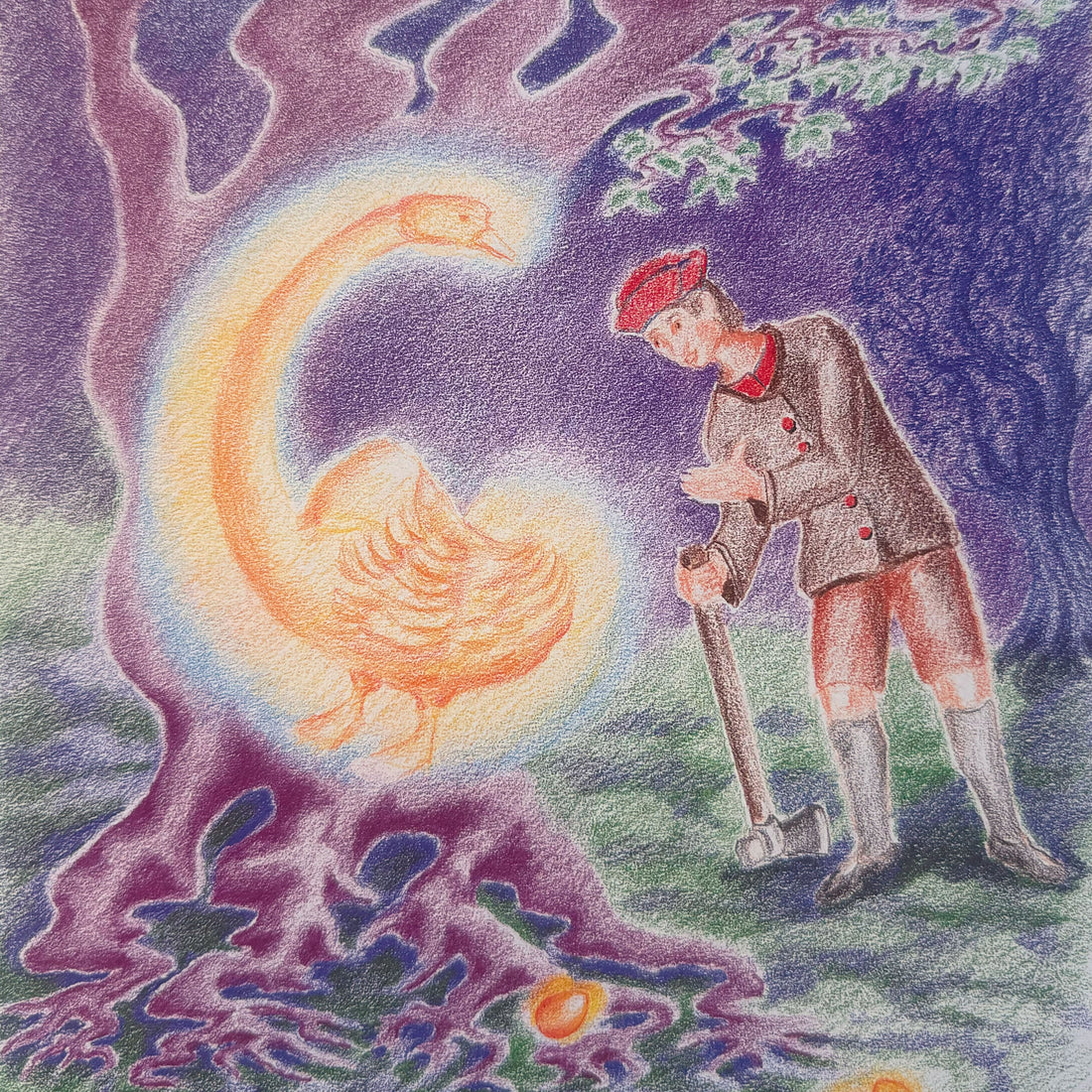There is widespread recognition that art is a wonderful amendment to what schools can offer to children’s learning experience. The arts cultivate. They deepen and broaden. They touch the students more deeply than most educational activities because they are experiential, because they connect with feeling and imagination more than with intellect. The body is engaged, as well.
The value ascribed to the arts by a society is one of the best indicators of the strength of that culture. I use the term ‘culture’ advisedly because we must first ask the question of ‘what is culture’. I would venture to say that culture promotes the deepening, sensitizing, and vitalizing of its members’ inner and outer lives. Through culture we grow from the inside out. This is the antidote for the superficiality, the one-dimensionality, the hollowing out of the human being, which, in a real sense, is taking place in our society. Where better to cultivate a culture than in the schools?
When the arts are cut from a school’s budget it is almost universally done with regret. Still they are cut. It is regrettable, but the arts are expendable. What if the arts were to be seen as being vital, essential, even in the teaching of foundational subjects like math, English, science and social studies.
What if art were woven throughout the entire curriculum, and were in fact the preferred vehicle for delivering the curriculum. And beyond that, what if the way the curriculum is delivered was ultimately more important and strengthening to the children than any particular things that might be taught to them. The arts weave a cultural context, a matrix, for a more meaningful, socially healthy and enriching life.
To educate through art is to address the child’s wholeness. Waldorf speaks of educating the whole child, head, heart and hands. What does this mean? First, it indicates a balanced approach. The polar opposites thinking and doing (head & hands) are balanced by a middle realm of feeling and imagination. With this a more relaxed and harmonious mood prevails in the classroom. The purposefulness one can perceive in the children indicates that learning, in a deep sense, is taking place. Inner capacities are being called forth, activated and put into play.
Stress and anxiety militate against the success and health of children within the educational process. The arts provide a way of working relatively stress free, generating a quiet enthusiasm. It is a beautiful sight to see a class of children painting, drawing, or even writing with care and attention. It is important, though, that specific results not be over-valued. Judging art work’s quality is a delicate thing at best. Many children become quickly discouraged, sometimes for life, by criticism of their art work. Art in the lower grades should be process oriented and not product oriented.
By considering each art form in its particulars one can begin to determine what the benefits of doing each has for the student. And what a wealth of art forms one can employ! Story telling, movement, dance, poetry, music, painting, drawing, modeling, and drama are all at the teacher’s disposal. But, please bear in mind that no one has to be a professional in any area in order to teach through the art. Being an amateur is fine. Remember that ‘amateur’ comes from the root ‘to love’, to love an activity. How wonderful to be a professional and an amateur at the same time!
To employ the arts as a vehicle and a medium through which to teach is to create a cultural context from which to bring across more effectively what is otherwise strictly academic knowledge. The goal of this approach is not to transmit information, or even knowledge per se. The goal is to awaken, strengthen and cultivate capacities in the children so that they may willingly take on the challenges the experience of learning offers.

